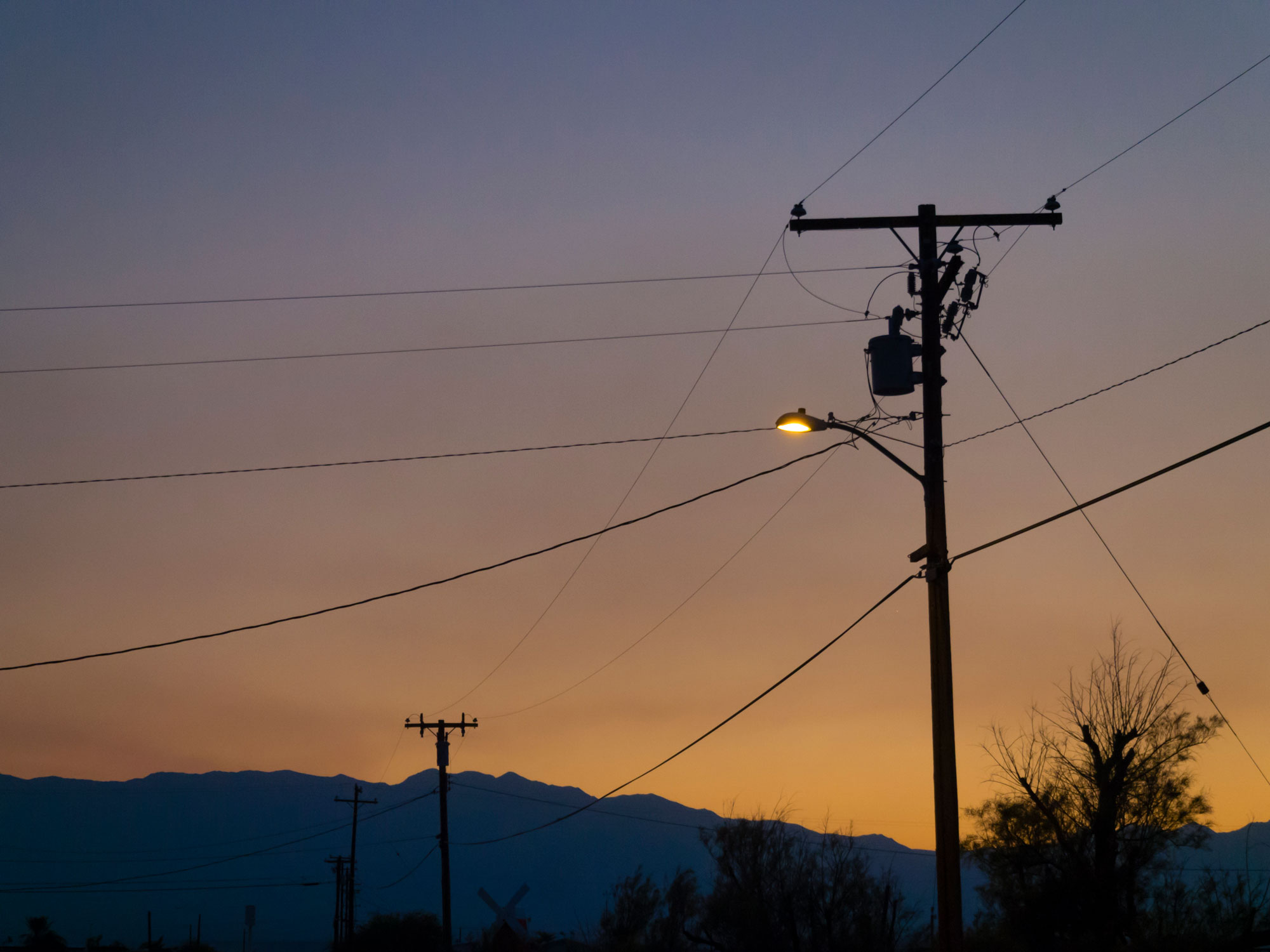To Speed Broadband Deployment, We Need a Transparent and Fair Utility Poles Process
Broadband providers have spent billions to extend their network infrastructure to reach millions more Americans every year, but still millions of Americans remain unconnected.

Much of our broadband infrastructure zig zags the country via utility poles, but the poles are not typically owned by broadband internet providers. When providers want to extend their broadband service into rural areas, they must first get permission and permits from the pole owners. This process – called “make-ready work” within the industry – includes everything from permitting to renting space for equipment to replacing old or out-of-code poles.
The make-ready process is complicated: procedures, laws, and regulations depend on the location of the pole and the type of pole owner and pole owners don’t always play by the rules or adhere to set timelines. And though broadband internet providers are only supposed to pay for the costs caused by their new attachments, they are often pressured to do far more, often because pole owners are not taking care of their poles:
Rural areas are hurt most by pole-related issues, because with homes further apart, the sheer number of poles required to get from point A to point B can increase exponentially, which can have the same result on the time and expense of a rural expansion project.
The result?
Excessive costs and delays that discourage new investment and expansion to the places that need it most. If the time and cost per potential customer is too high, internet service providers will choose to expand elsewhere.



